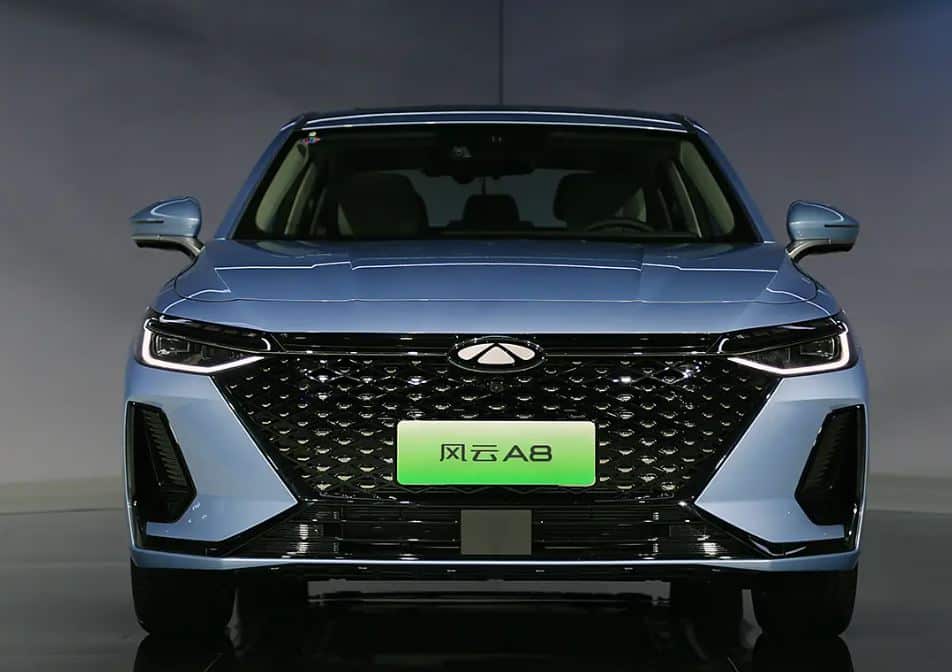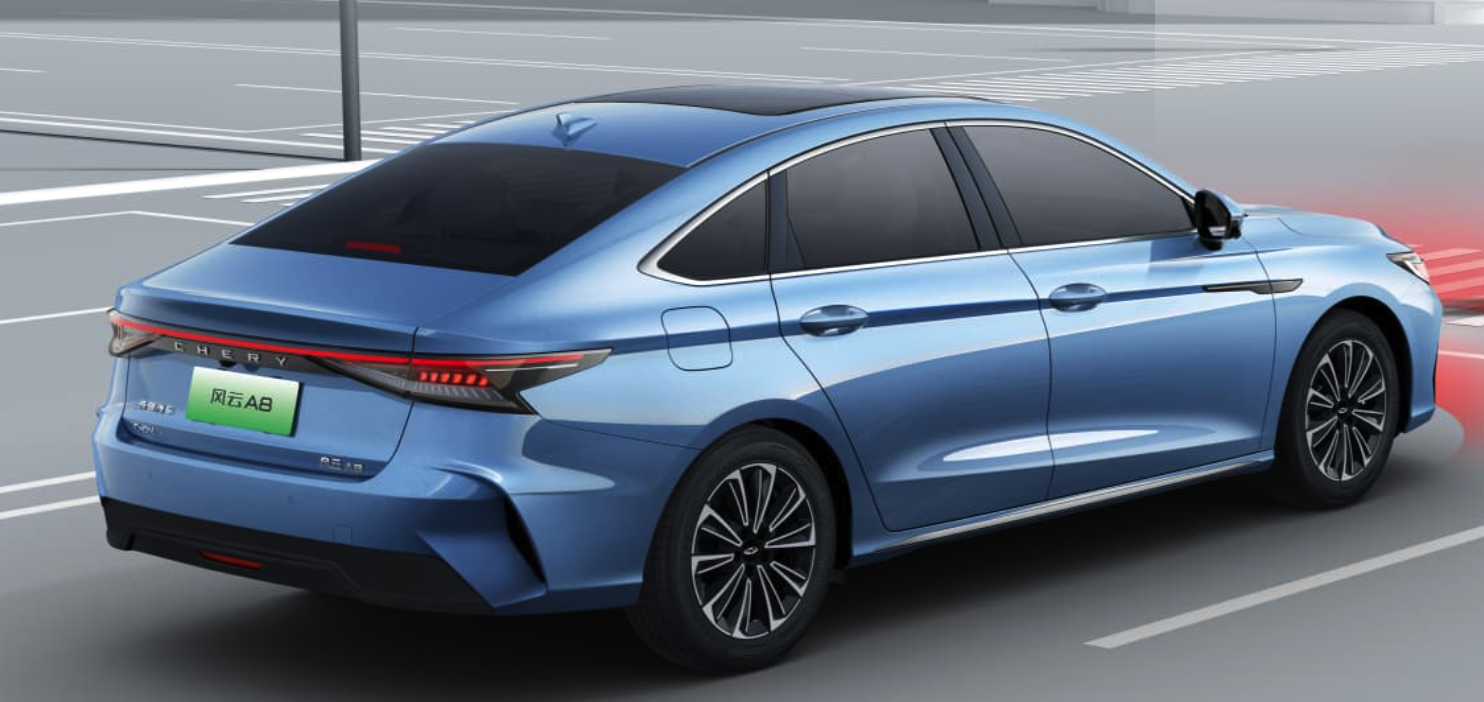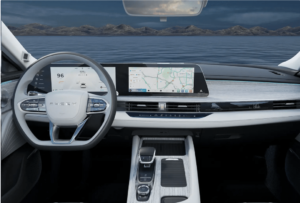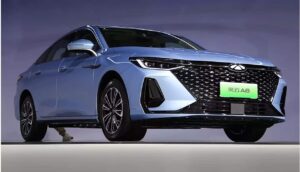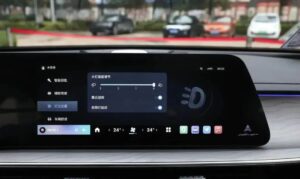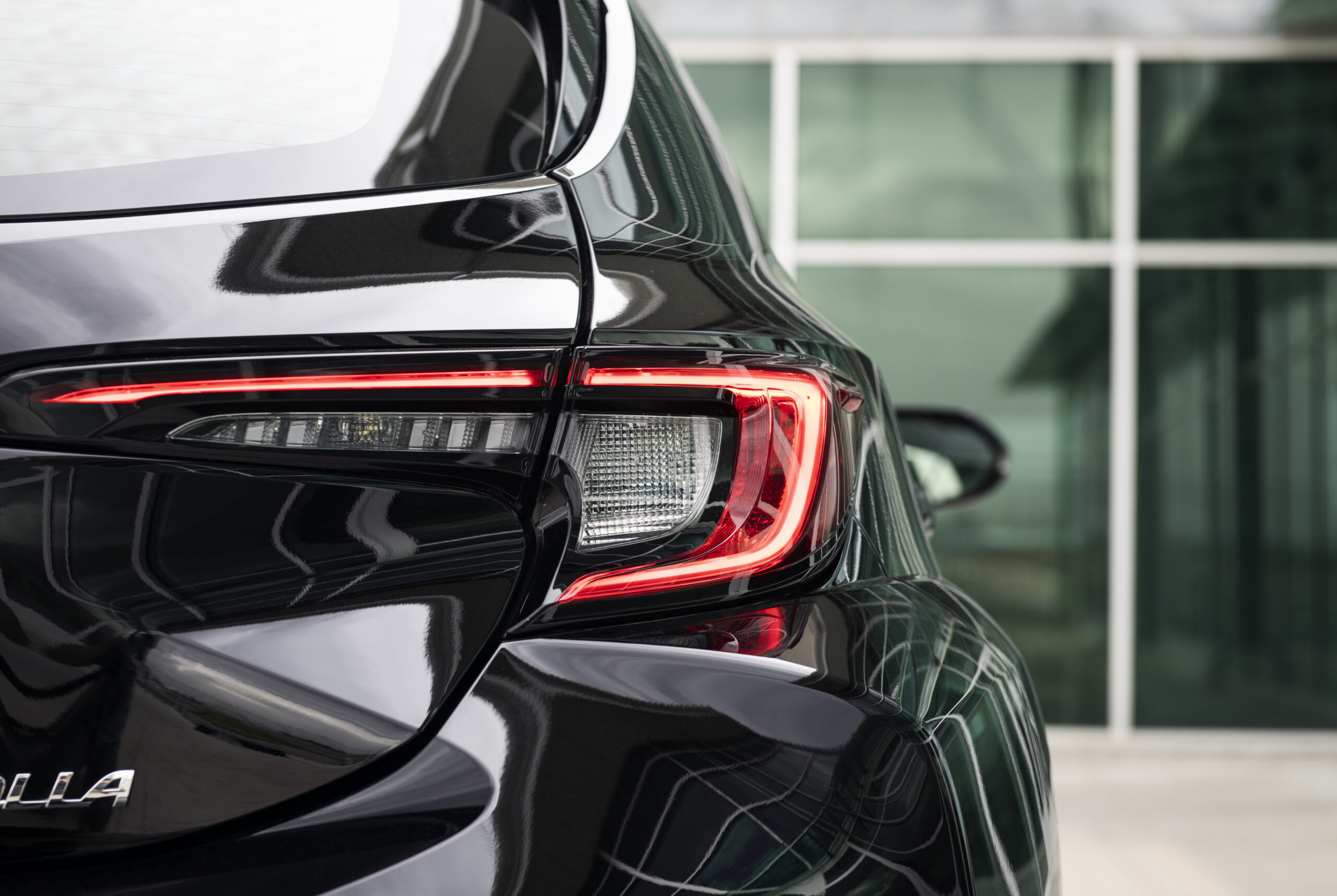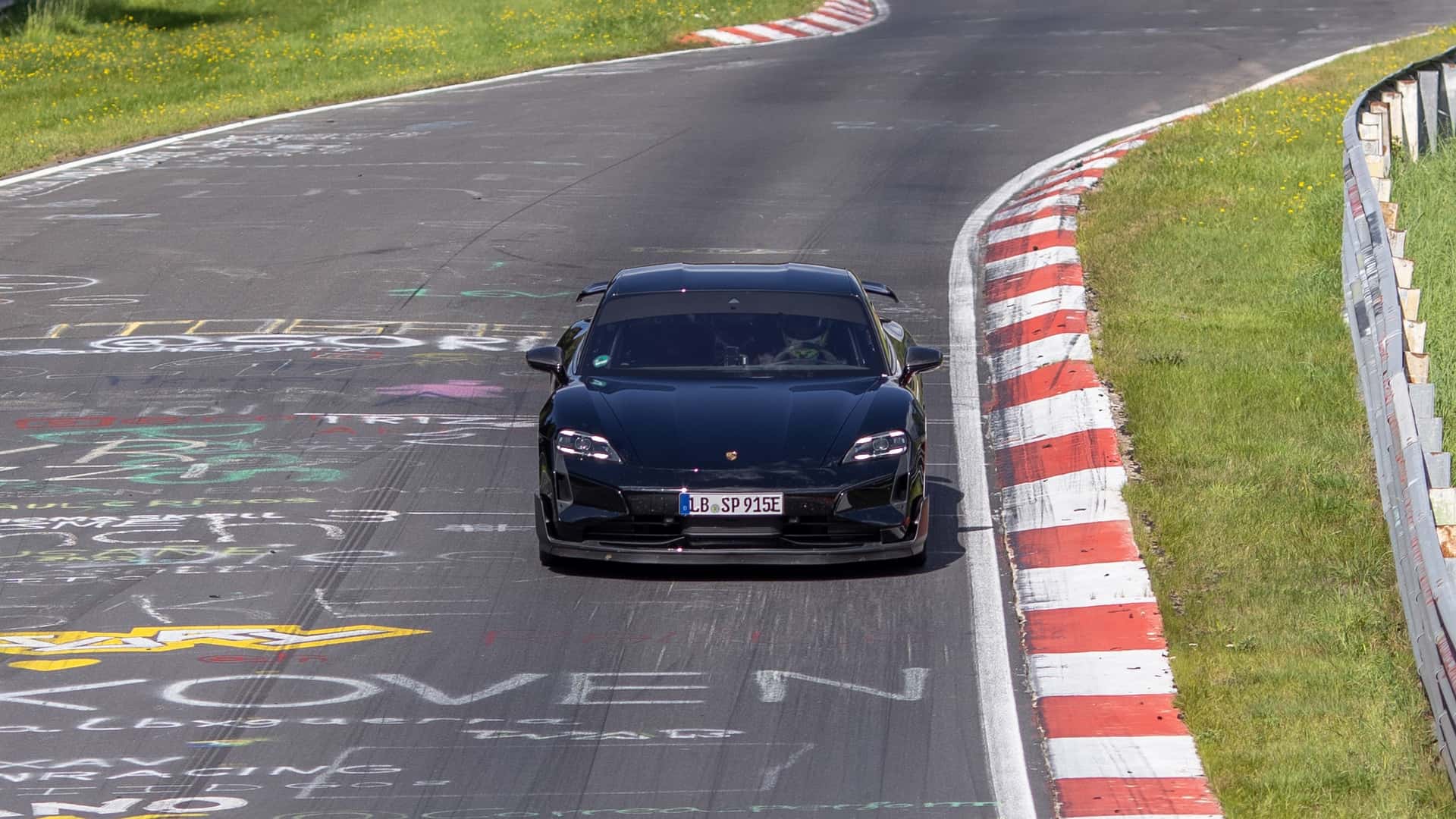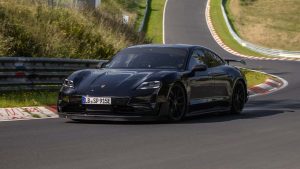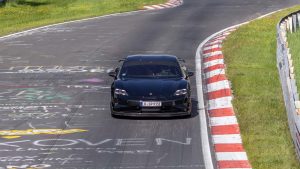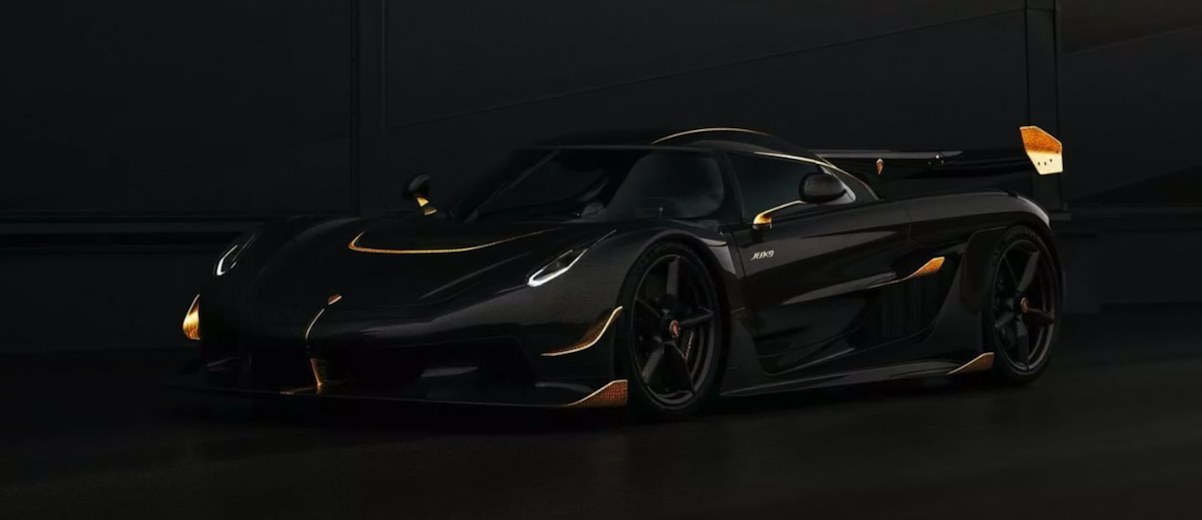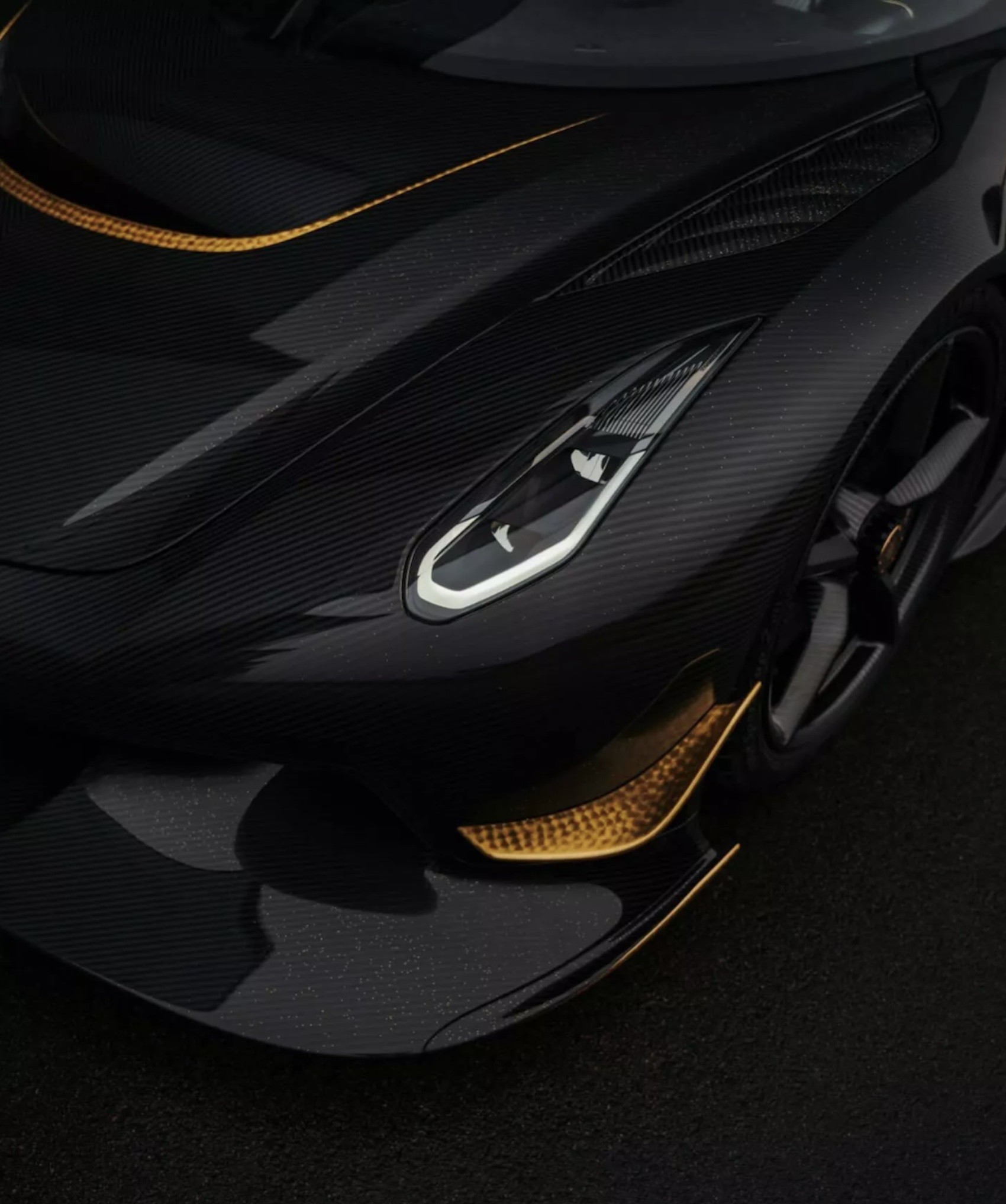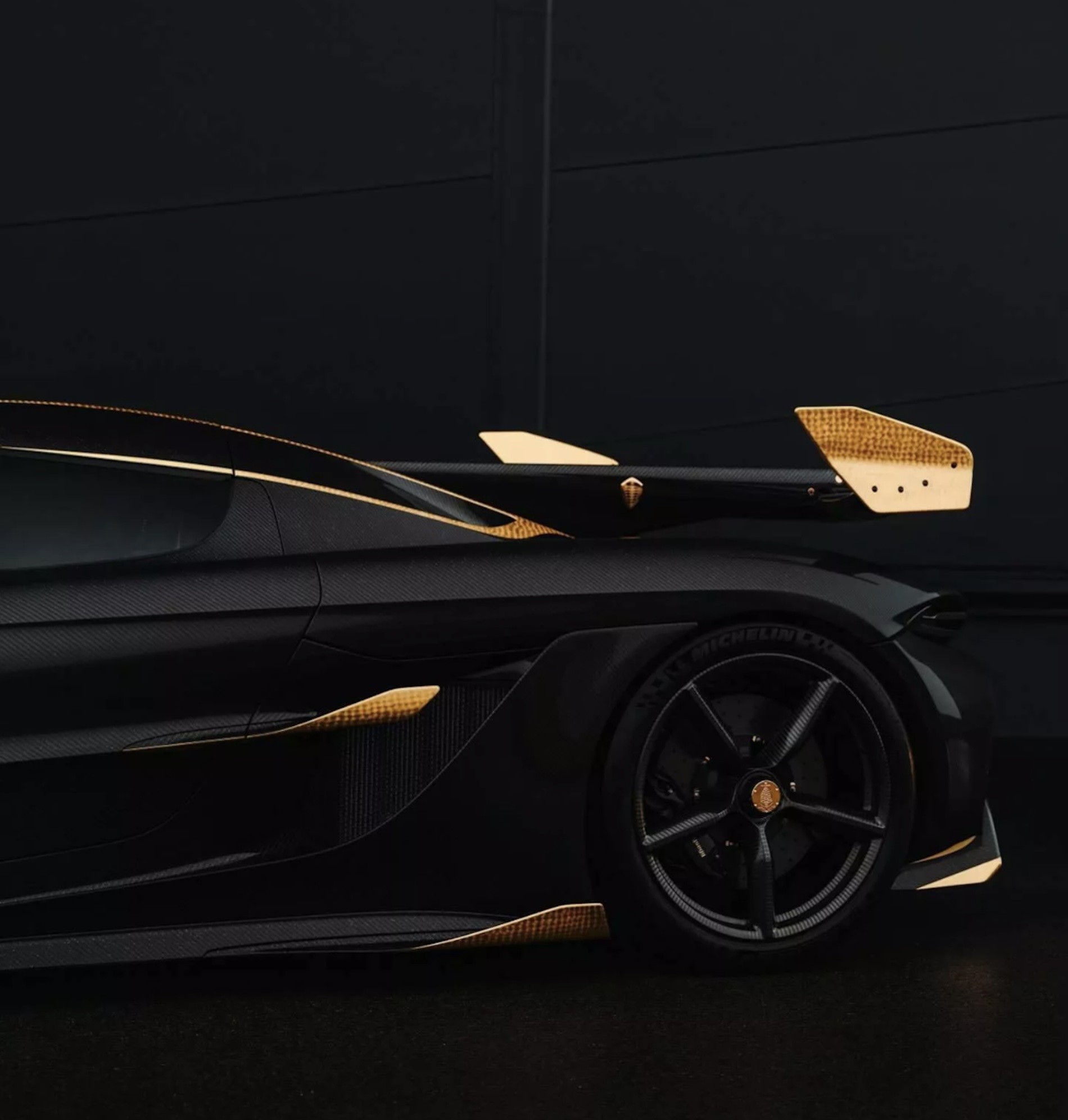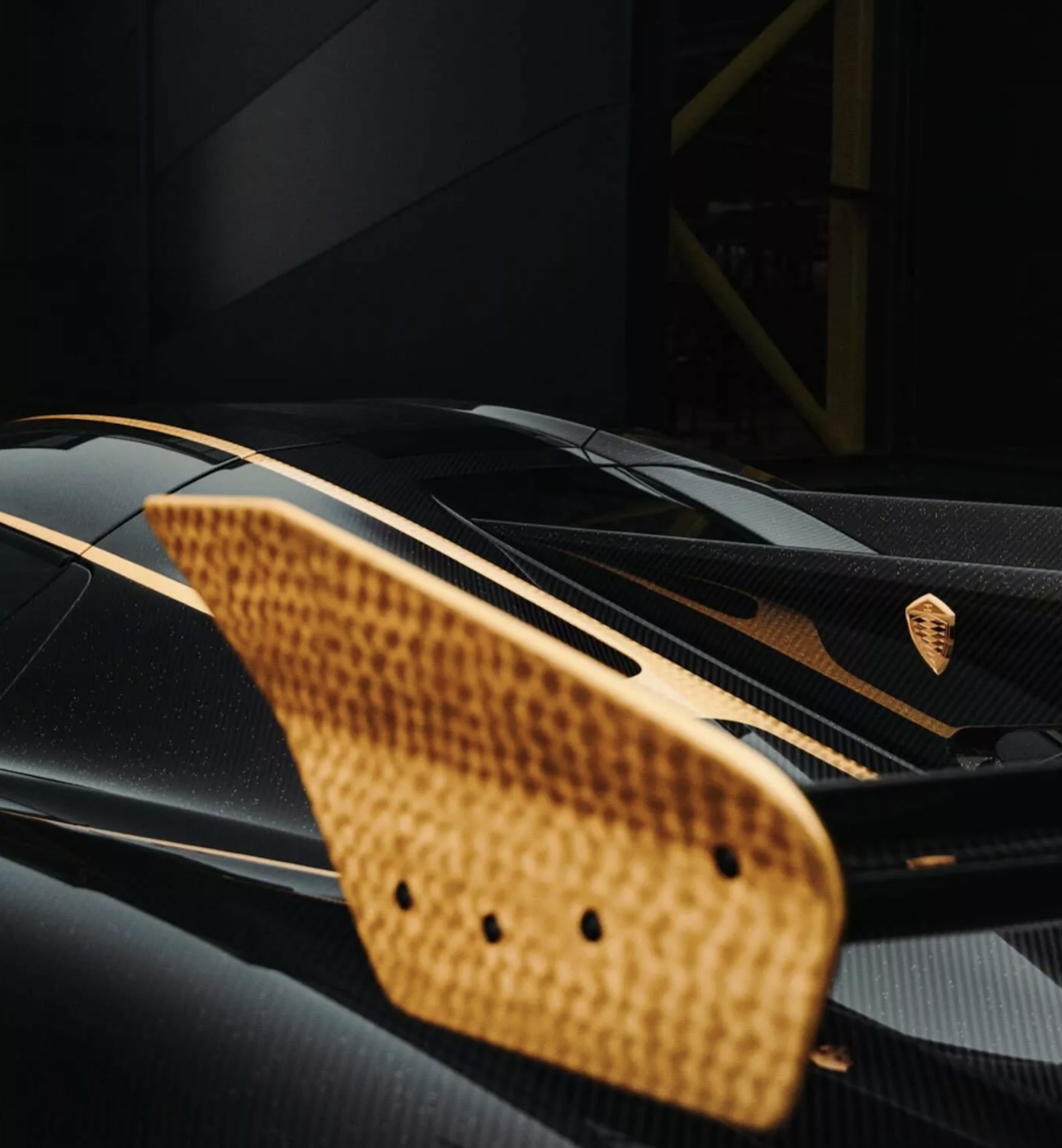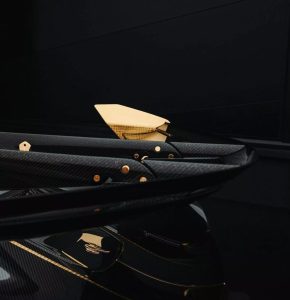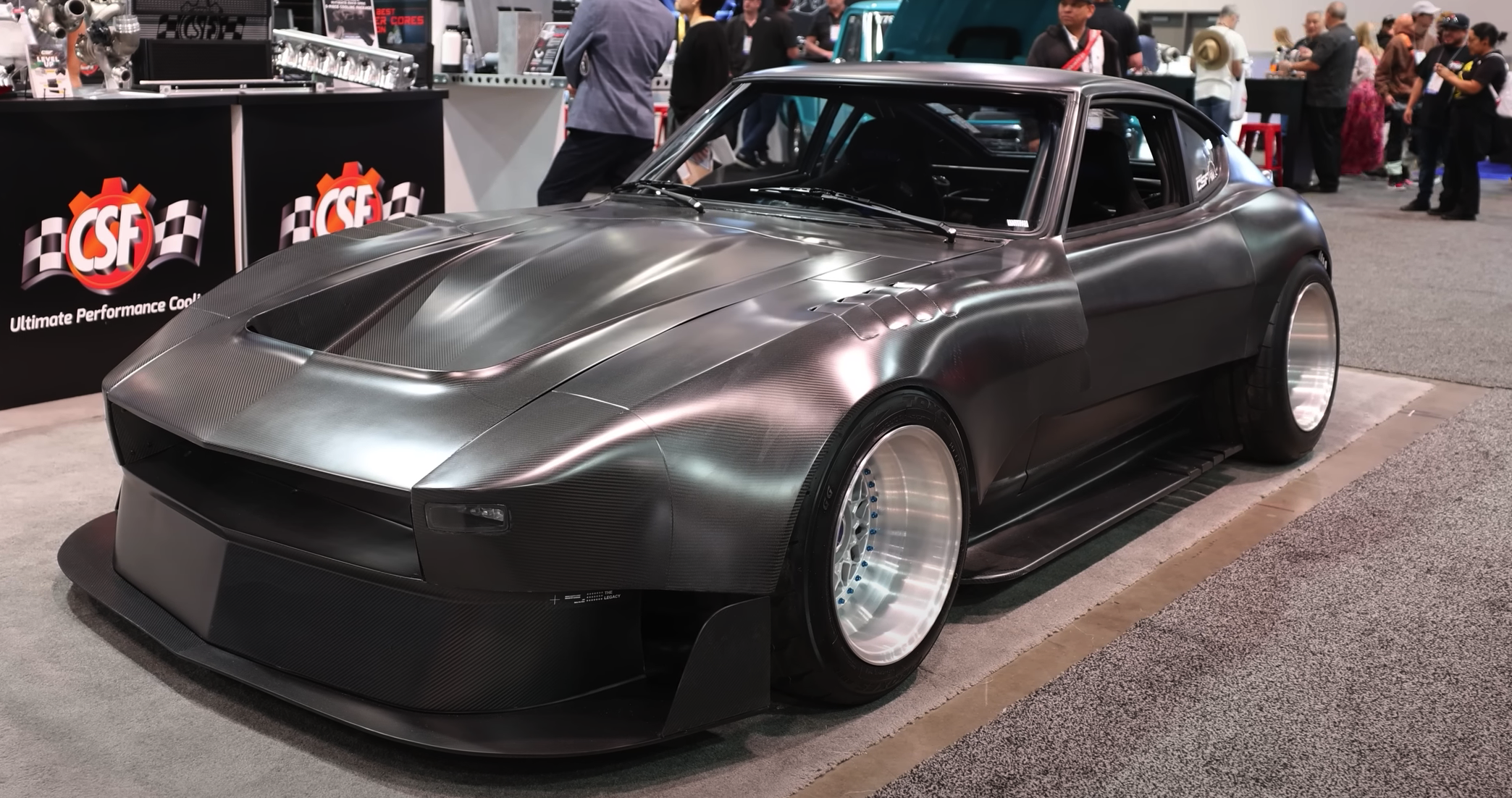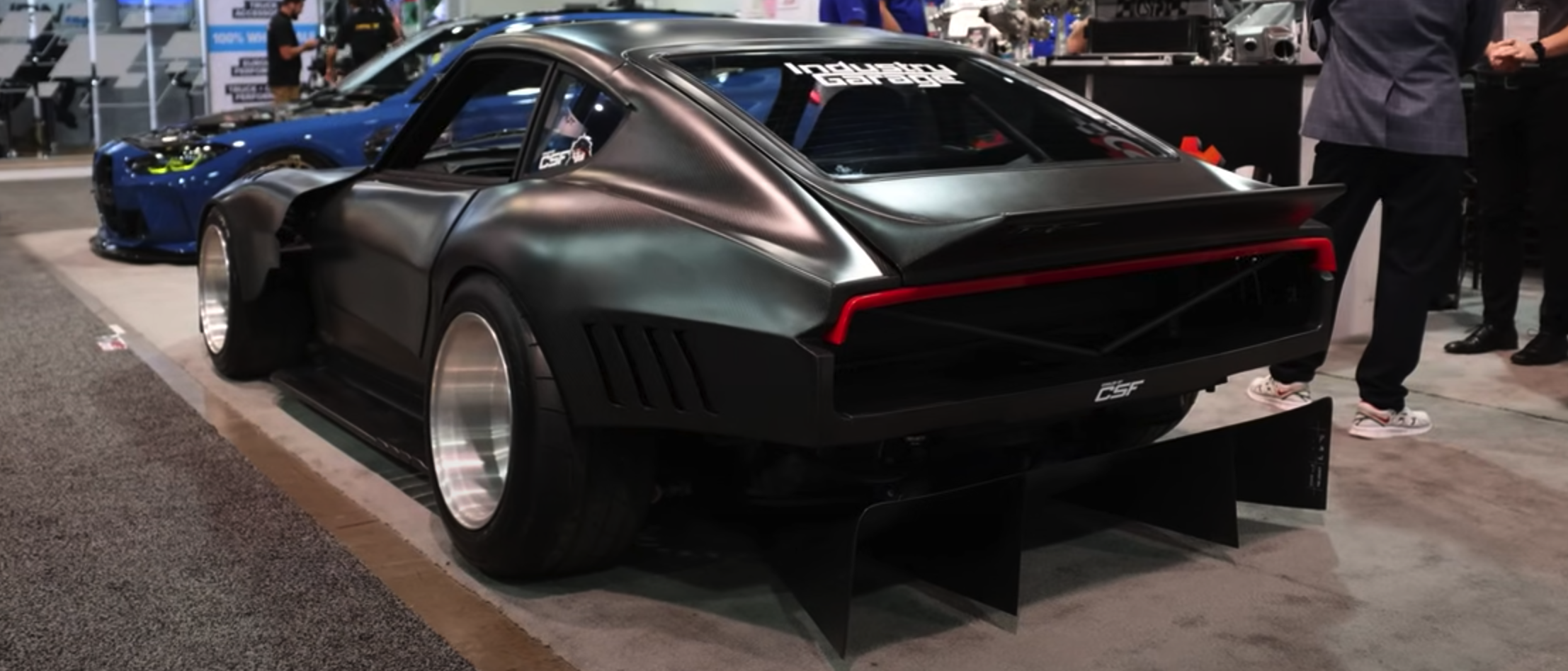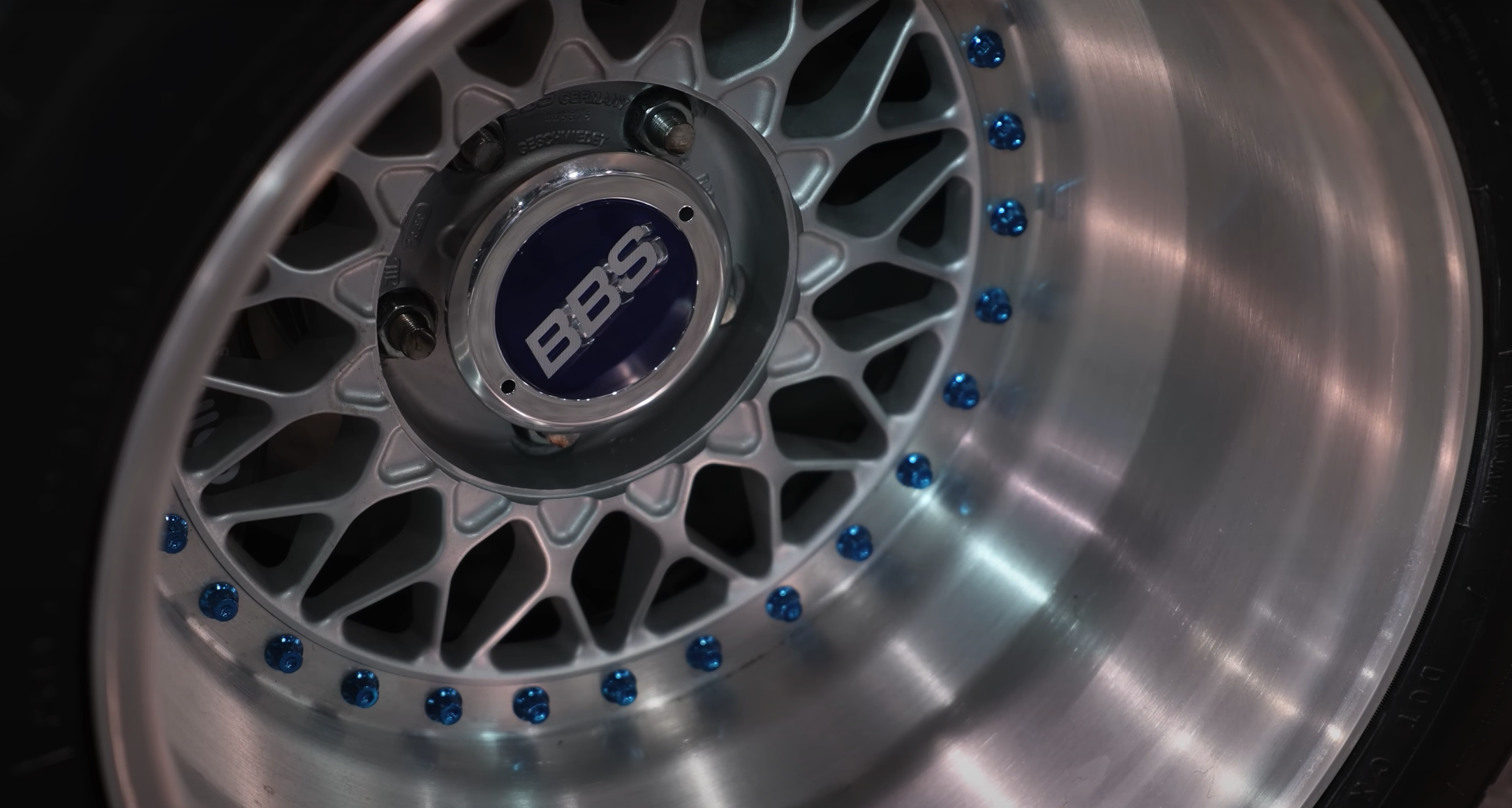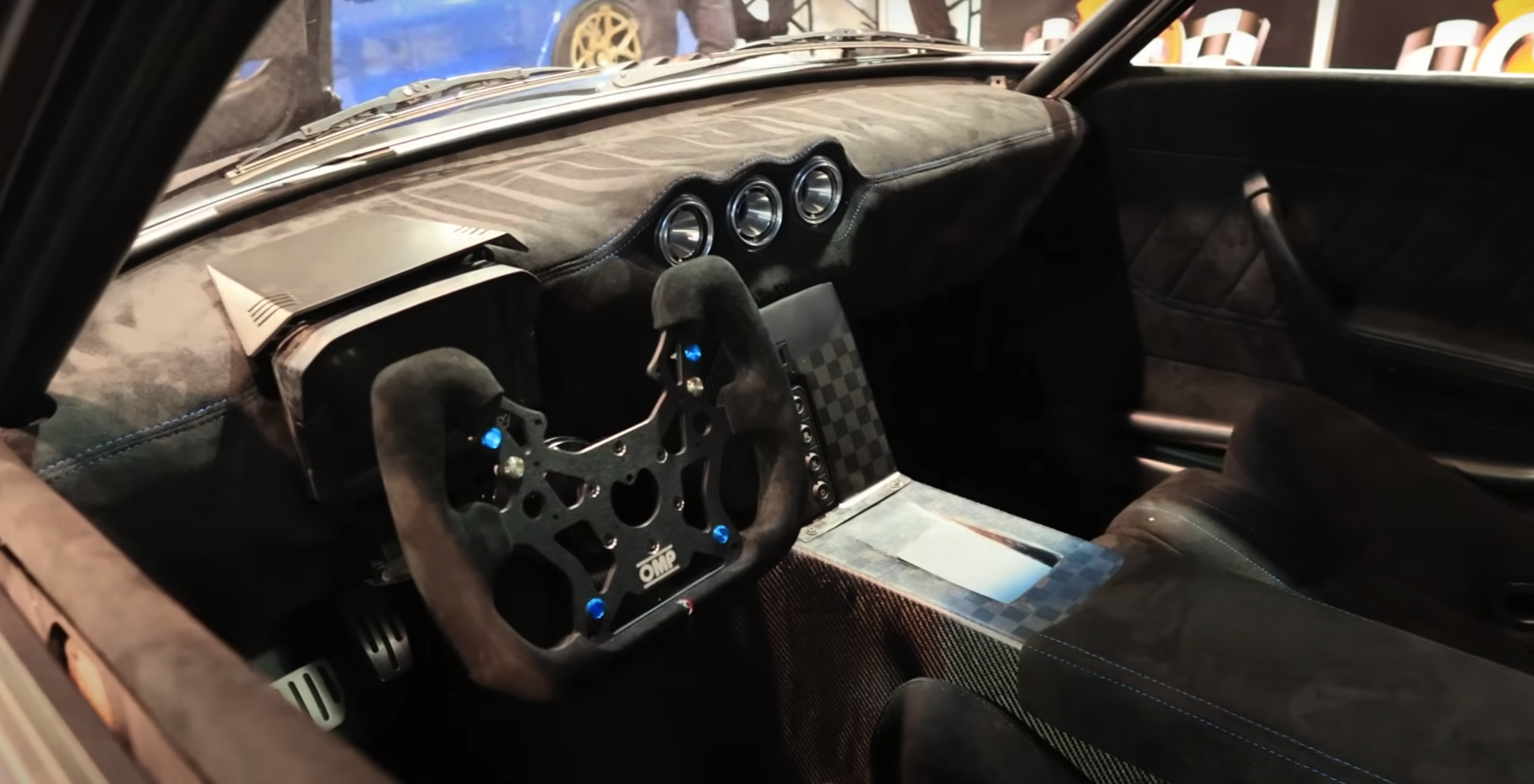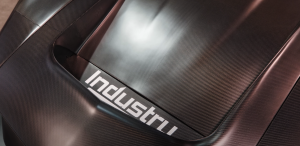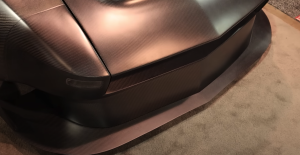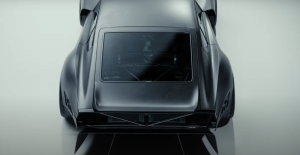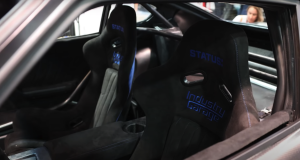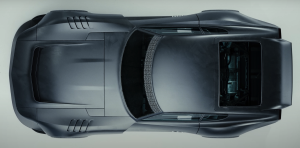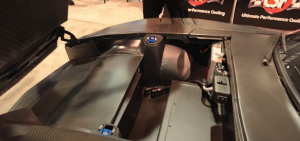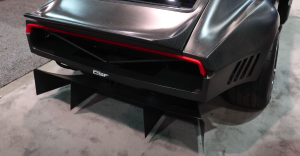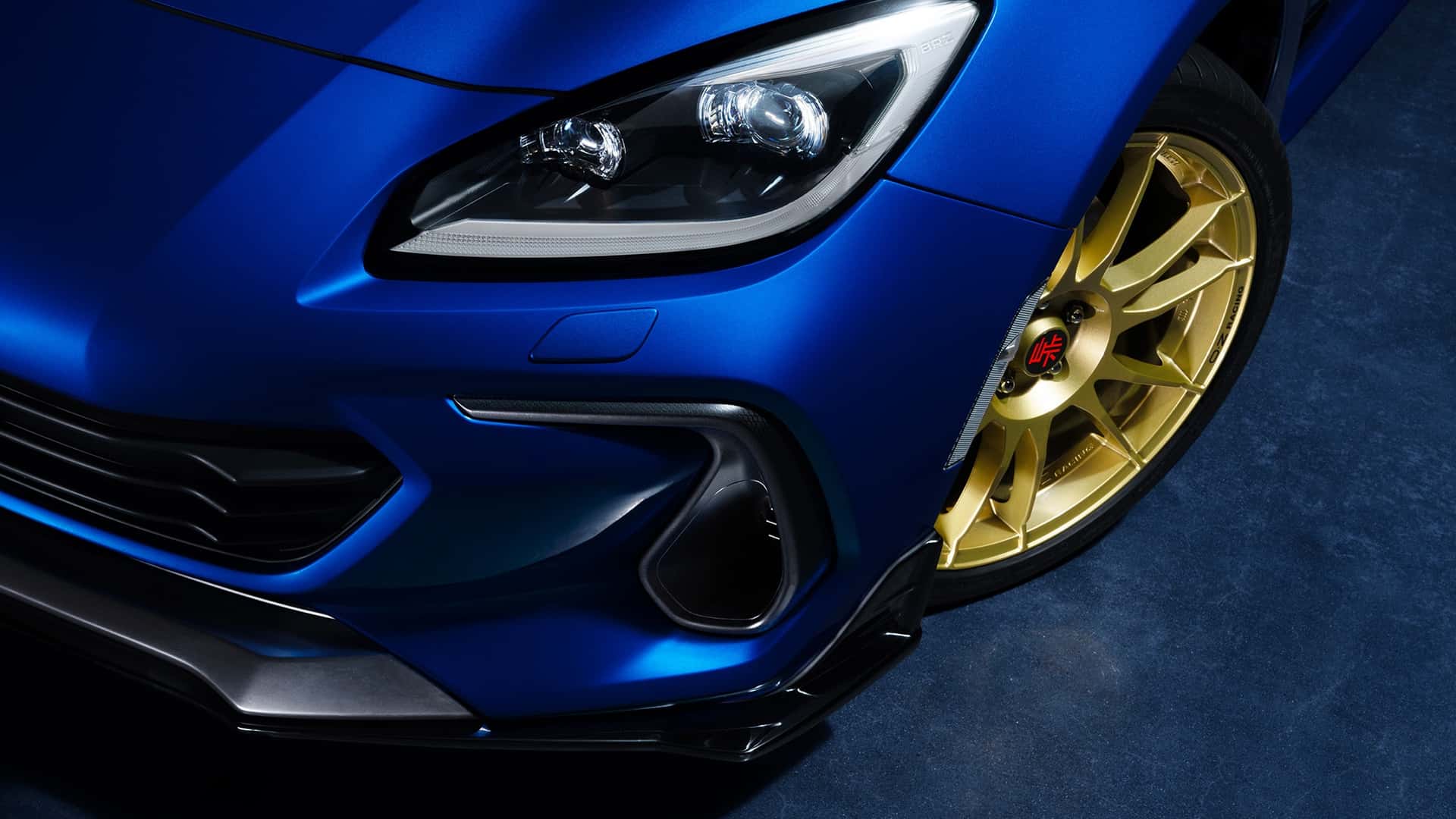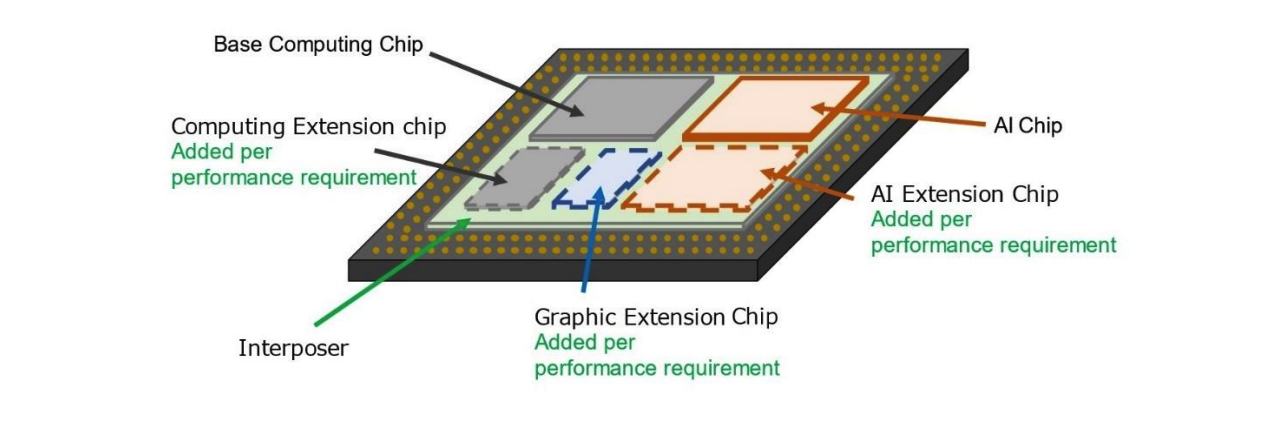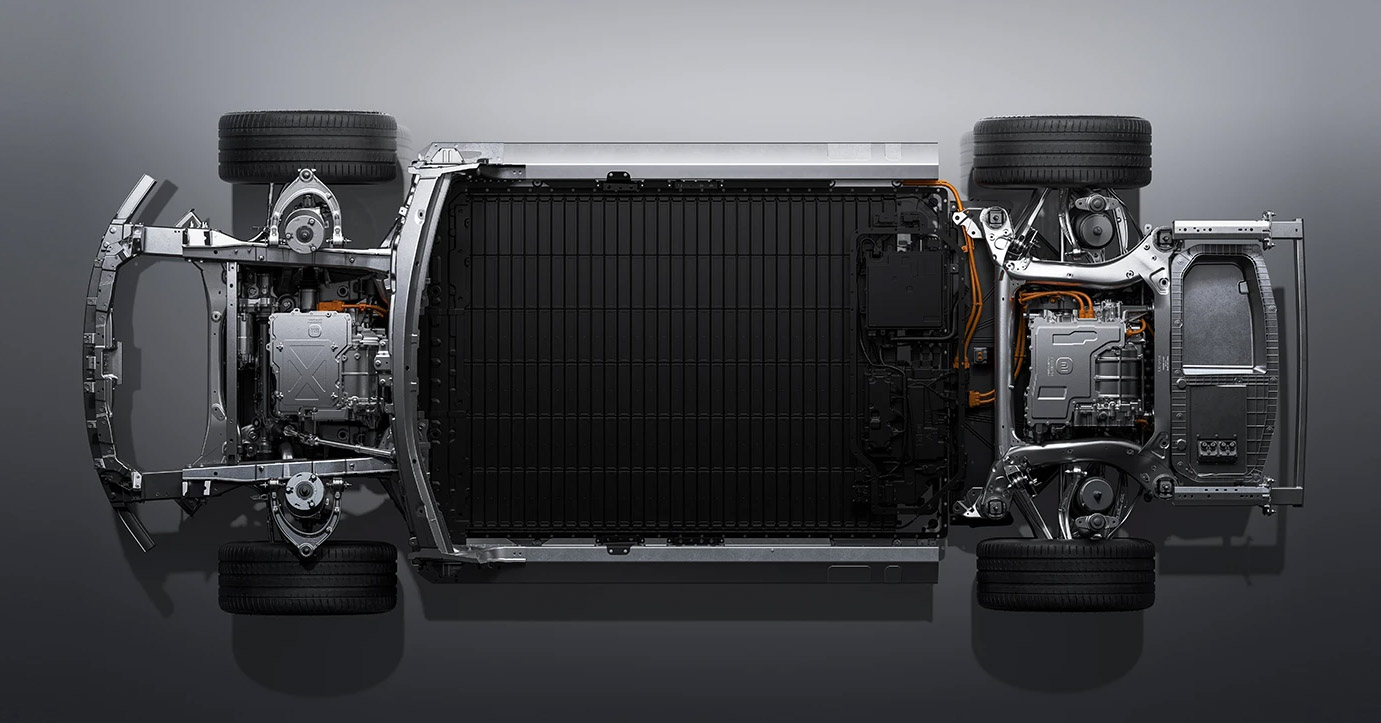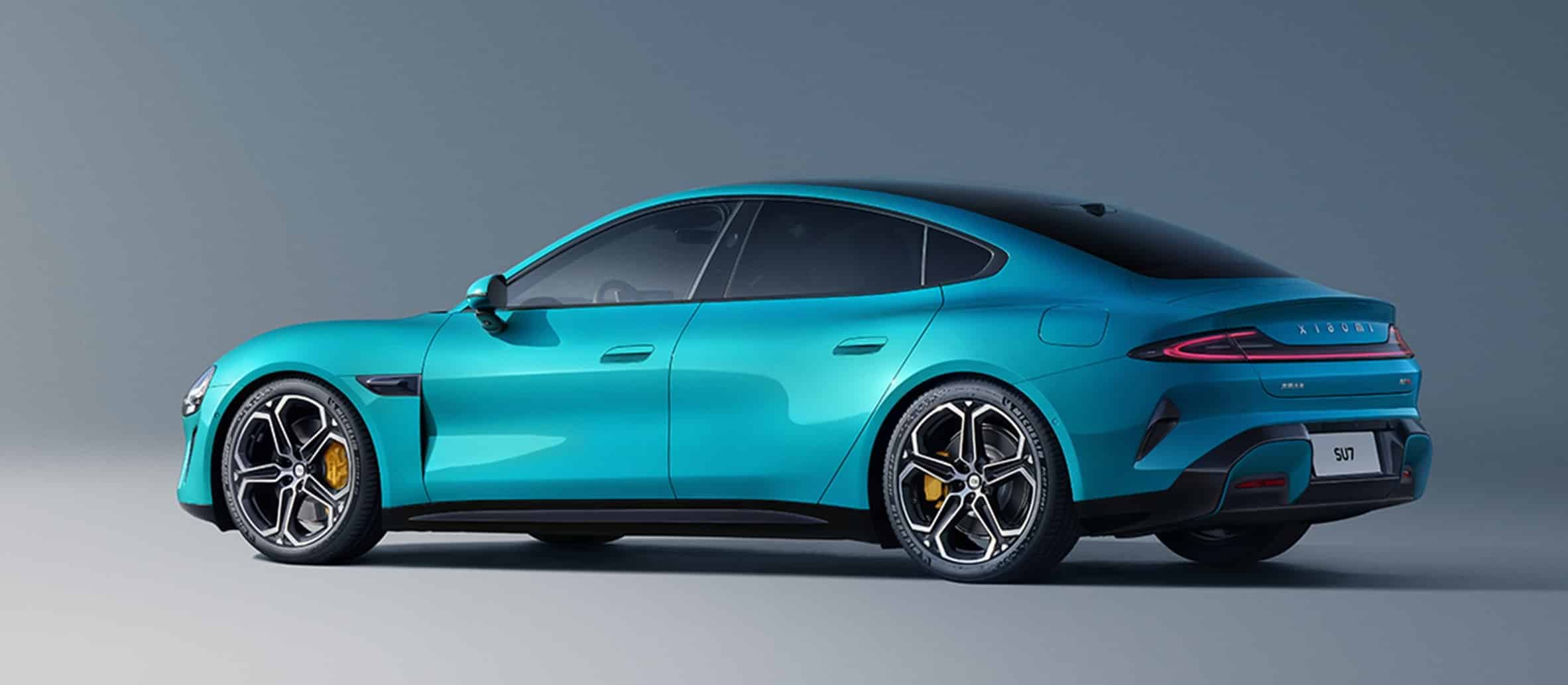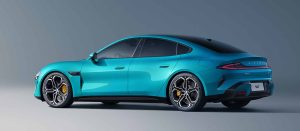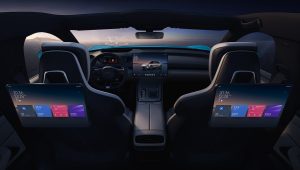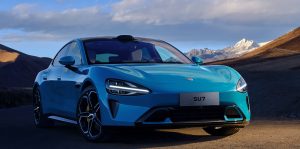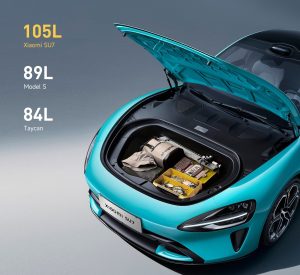Chery has officially launched its Fengyun A8 plug-in hybrid sedan in China. Priced between 119,900 to 149,900 yuan (approximately RM78k to RM97k), the Fengyun A8 is part of Chery’s new energy vehicle series. Positioned as a compact sedan, it offers consumers four model options.
Key features of the Chery Fengyun A8 include a large trapezoidal grille connected to the headlights in the front and an upturned tail design above the trunk at the rear that has a resemblance to the Audi A8. The interior boasts a 12.3-inch instrument panel, a 12.3-inch central control screen, and a four-spoke flat-bottom steering wheel. The cockpit is powered by Chery’s Lion 5.0 operating system, with high-end models equipped with the Qualcomm Snapdragon 8155 chip.
Powering the Chery Fengyun A8 is Chery’s Kunpeng Super Performance Electric Hybrid C-DM system, comprising a fifth-generation ACTECO 1.5TGDI hybrid engine and a permanent magnet synchronous motor. The total power output is 355hp and 530Nm of torque, with an acceleration time from 0 to 100km/h in 7 seconds.
The car’s 18.3 kWh lithium battery pack provides a pure electric cruising range of 127km (CLTC) and a total range of over 1,400km (WLTC). The fast-charging capability allows the battery to be fully charged from 30% to 80% in 19 minutes, while slow charging takes at least three hours.
The lineup comes standard with navigation, OTA updates, Bluetooth, remote control through the app, and karaoke functions. Both CarPlay and HiCar are supported. The advanced driving assistance system, available only in high-end models, includes features such as front and rear collision warning, automatic emergency braking, full-speed range adaptive cruise control, and lane merge assist.





